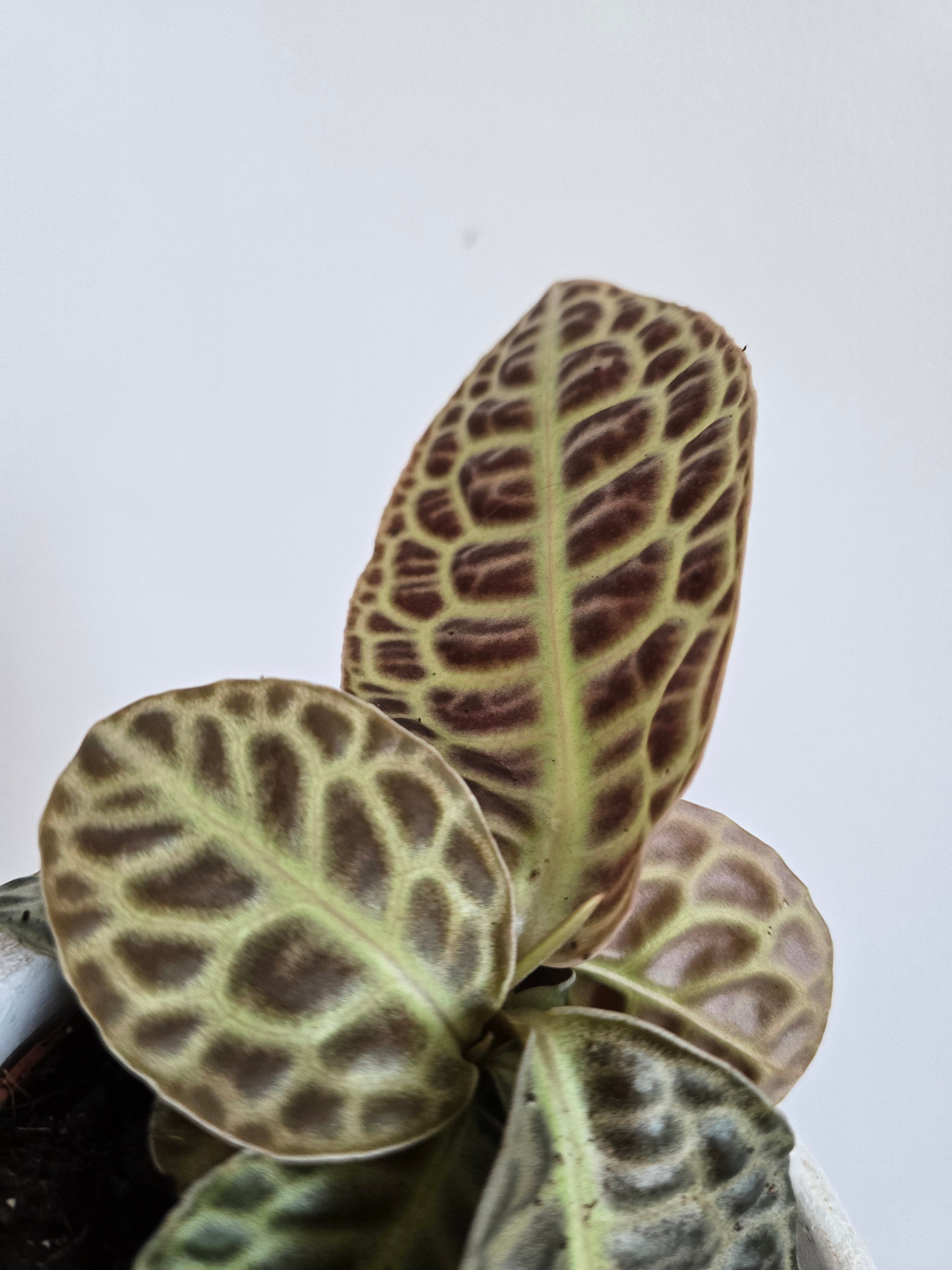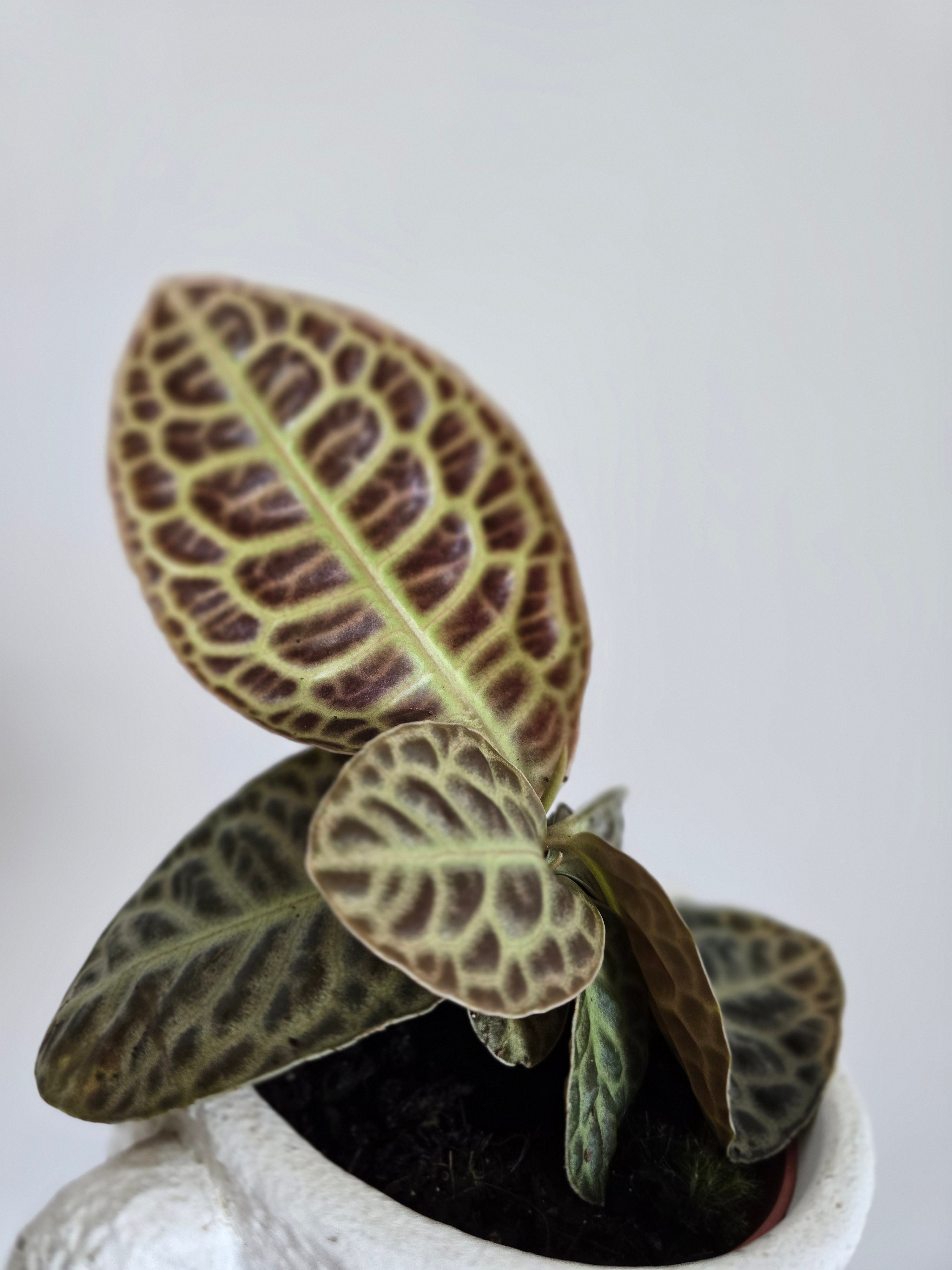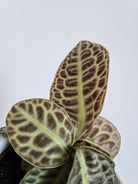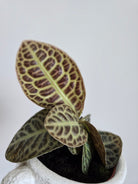Labisia “Turtle Back”, also called Labisia sp. “Turtle Back” (a rare jewel plant from Southeast Asia). It’s prized for its textured, turtle-shell-like leaves. Here’s a detailed care guide:
New arrival
New arrival
Labisia Turtle Back
Dhs. 185.00
Unit price
/
Unavailable
Couldn't load pickup availability




